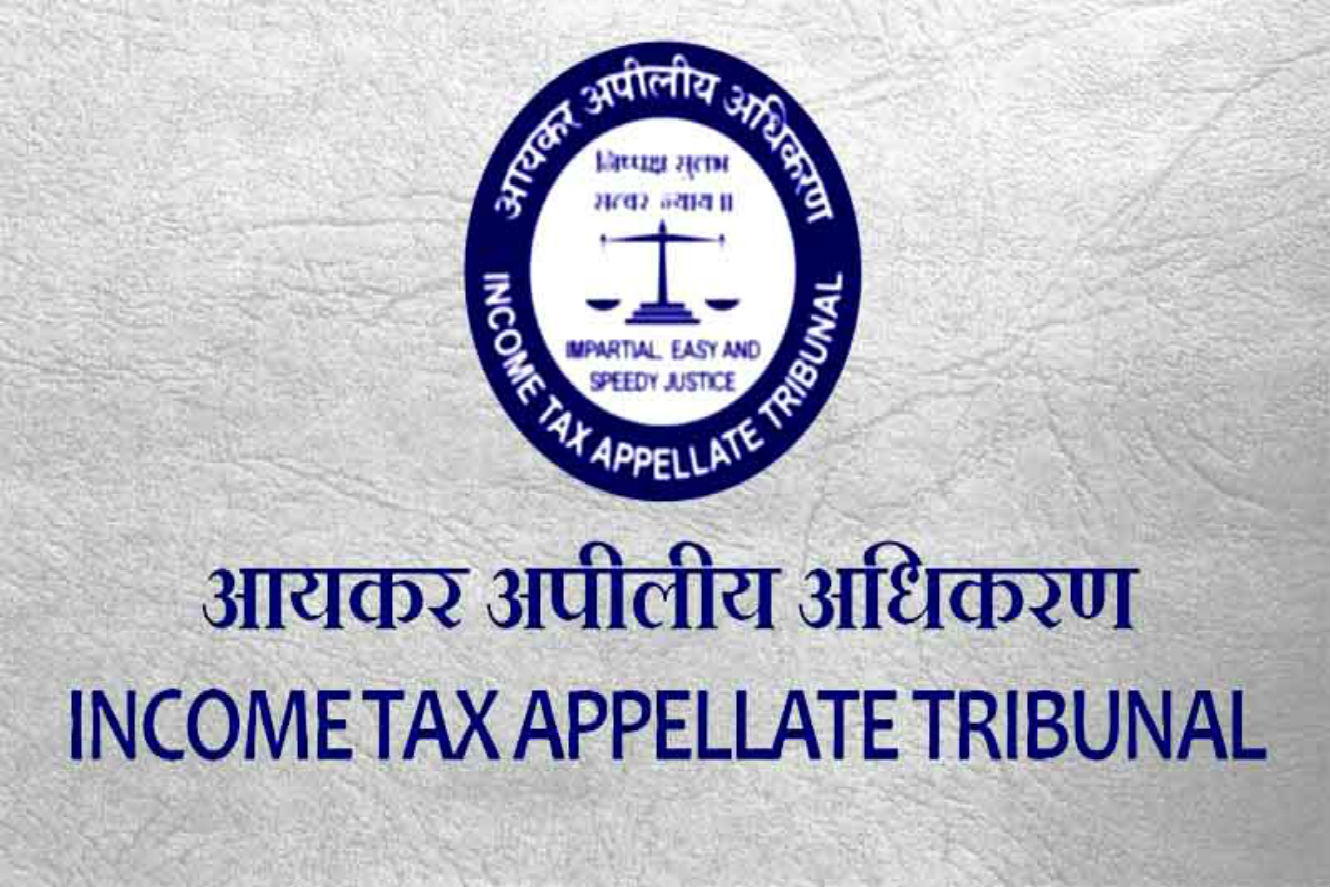S.K. Chawla, J.
Accused Suresh Kumar Shrivastava has in this appeal challenged his conviction u/s 161, I.P.C. and Section 5(1)(d) read with Section 5(2) of the Prevention of Corruption Act, 1947 and sentence of 12 months R.I. and fine of Rs. 100/-, in default to further R.I. for one month under the first count and R.I. for 48 months and fine of Rs. 100/-, in default of further R.I. for one month under the second count, imposed on him by the judgment dated 26-4-1989 of Special Judge, Vidisha.
One Pahalwansingh (P.W. 3) had been sanctioned a loan for digging of well and purchase of a pump by District Co-operative Land Development Bank, Shamshabad. He was to receive that loan in instalments. Having already received four instalments, he was to receive the last instalment of Rs. 1500/-. On 19-6-1985, he went to the office of the Bank at Shamshabad and met accused Suresh Kumar Shrivastava, who was manager of the Bank at that time.
The prosecuting story was that for payment of the last instalment of Rs. 1500/-, accused Suresh Kumar Shrivastava demanded bribe of Rs. 200/- from Pahalwansingh. Pahalwan Singh then approached Lokayukta Office, Bhopal and made a written complaint, Ex. P-13, to Shri K. P. Sharma (P.W. 7), Dy. S.P. of that Office, on 18-6-1985, complaining that the accused was demanding Rs. 200/- as illegal gratification from him for paying last instalment of Rs. 1500/- and that he wanted the accused to be trapped. Pahalwansingh offered two currency notes of Rs. 100/- each to Shri K. P. Sharma to trap the accused. Those currency notes were treated with phenolphthalein power and kept in the hippocket of Pahalwansingh''s full-pant worn by him. On 19-6-1985, the trap party reached Shamshabad from Bhopal. On way, a Gazetted Officer named Shri L. N. Soni, Tehsildar Berasia (P.W. 2) was associated with the trap party. On reaching Shamshabad,.Pahalwansingh went to the office of the accused at about 11,45 a.m. and gave him currency notes of Rs. 200/- by way of illegal gratification, which the accused accepted and kept in the pocket of his full-pant. Upon signal being given by Pahalwansingh, the trap party rushed to the accused and currency notes of Rs.200/- were recovered from the possessions of the accused. The hands of the accused were got washed in sodium carbonate solution which turned pink, indicating that the accused had handled those notes. The pocket of the full pant of the accused, when dipped in sodium carbonate solution, turned pink. On these facts, accused was convicted and sentenced in the manner already indicated.
The defence of the accused was that although Pahalwansingh (P.W. 3) had come to meet him in his office on 19-6-1985, the case was falsely foisted on him. He had never demanded nor accepted any money.
Shri J. P. Gupta, learned counsel for the appellant, argued that there was absolute lack of substantive evidence in support of the prosecution story that Suresh Kumar Shrivastava had ever made a demand for bribe of Rs. 200/- or that he had subsequently voluntarily accepted that amount at the time of trap from Pahalwansingh (P. W. 3). It may at once be mentioned here that the alleged bribe-giver Pahalwansingh (P.W. 3) and his companion Kalyansingh (P.W. 4), who remained throughout with him and who, in the absence of any better term may be called "a shadow witness" - which was the phrase used by the Supreme Court in referring to such a witness in
The learned trial Judge held on the basis of evidence of Shri K. P. Sharma (P.W. 7) that complaint, Ex. P-13, was a genuine document, which had been presented to him by Pahalwansingh in his Bhopal office a day previous to the trap. The learned trial Judge further held that the version given by the hostile witnesses that complaint, Ex. P-13, was got prepared from them by Shri K. P. Sharma (P.W. 7), after the trap and that the same was also ante-dated to make it appear that it was written on the previous day, was false. A perusal of the complaint, Ex. P-13, would show that it contained a statement of Pahalwansingh that he had on a previous occasion gone to the Bank in the company of Kalyansingh to accused Suresh Kumar Shrivastava and at that time the accused had demanded Rs. 200/-from Pahalwansingh for releasing payment of Rs. 1500/- on account of last instalment of loan. There was no reference at all in that complaint to any "Deep Sahab.
The trial Court fell in error in treating the complainant, Ex. P-13, as substantive evidence. Assuming that it was a genuine document and presented to Shri K. P. Sharma on 18-6-1985, i.e. a day previous to the trap in his Bhopal Office by Pahalwansingh (P.W. 3) and Kalyansingh (P.W. 4), as held by the trial Court, it contained only a ''former statement'' of Pahalwansingh that accused Suresh Kumar Shrivastava had demanded a sum of Rs. 200/- from him for making payment of last instalment of the loan. That ''former statement'' could either be used to corroborate u/s 157 of the Evidence Act the evidence of Pahalwansingh given in Court or to contradict that evidence u/s 145 of the Evidence Act. The trial Court used the complaint, Ex. P-13, to disbelieve Pahalwansingh and thereby it may be said that former statement was used to contradict the evidence of Pahalwansingh given in Court. But where was substantive evidence or deposition of witness given in Court in support of the story that a demand was made by accused Suresh Kumar Shrivastava for payment of the last instalment of Rs. 1500/-? It was wrong on the part of the trial Court to base a decision on what was merely a ''former statement of a witness contained in complaint, Ex. P-13.
An illustration will bring home the point. Supposing there is a case of murder based solely on direct evidence. There is no circumstantial evidence in the case to found a conviction. Can there be conviction in such a case, if an alleged eye-witness turns hostile and denies in his evidence before the Court that he was accused hitting the deceased, on the ground that his ''former statement'' is proved that he had seen the accused hitting the deceased? There cannot obviously be a conviction in such a case for the simple reason that there is no substantive evidence in support of the alleged fact that accused hit the deceased. To come back to the present case, there was no substantive evidence of any witness in support of the prosecution story that accused ever demanded any bribe and also in support of the further story that subsequently at the time of the trap he voluntarily accepted any amount. The evidence of Pahalwansingh in this context was that he had thrust currency notes of Rs. 200/- into the pocket of the accused. Pahalwansingh (P.W. 3) and Kalyansingh (P.W. 4) may be disbelieved, as the trial Court did, so far as their substantive evidence was that Deep Sahab had demanded the bribe and that bribe meant for Deep Sahab was ultimately thrust in the pocket of accused Suresh Kumar Shrivastava. After disbelieving such evidence, where was substantive evidence to hold that accused Suresh Kumar Shrivastava had made a demand or that subsequently he had voluntarily accepted the amount from Pahalwansingh? Pahalwansingh''s former statement in complaint Ex. P-13 could not be used to such a conclusion.
It will be pertinent here to refer to the decision in
The trial Court observed that evil of bribery and corruption had become too rampant in our society and that it was necessary to take steps to eradicate that evil. That did not justify the departure from rules of evidence. It is proper to recall here the observations of T. P. Naik, J. in State of M.P. v. Nabi Bux in 1966 Jab LJ 750 to the following effect:
We are not unmindful of the paramount social importance of convicting the guilty; but when certain rules of adjudication have been prescribed, it is not for us to doubt their wisdom and to substitute for them a different set of rules more calculated to uphold the conviction in our problematical efforts to reach the crimes.
Shri J. P. Gupta, learned counsel for the appellant cited certain decisions in which substantive evidence in support of the story that accused ''demanded'' bribe was found to be unsatisfactory and consequently the accused in bribery case was acquitted. Two of the decisions cited by him were
The further question is whether mere recovery of the alleged tainted money from the possession of the accused gave rise to a presumption u/s 4(1) of the Prevention of Corruption Act, 1947 that the accused, unless contrary was proved by him, accepted gratification for the purposes mentioned in Section 161, I.P.C.? The answer is that from where recovery of money, divorced from the circumstances under which it was paid, the presumption could not be raised. See
It was also argued by learned counsel for the appellant that in the present case there existed no motive to demand or to give alleged bribe of Rs. 200/-. Attention of the Court was invited to the evidence of Accountant Netra Pal Sharma (P.W. 10) of the Bank to the effect that final report from valuer had not been received in the loan case of Pahalwansingh. He deposed that it was only after the receipts of final report from Valuer that the money of final instalment could be called from Vidisha Branch. In the loan case of Pahalwansingh, money of final payment had not been received in Shamshabad Bank, from Vidisha Branch and hence there was no money at Shamshabad Bank to make payment to Pahalwansingh. It was argued that in the absence of final report from the valuer and receipt of money for final payment from Vidisha, accused Suresh Kumar Shrivastava could have no motive to demand and Pahalwansingh could also have no motive to give any bribe. It was argued that evidence of absence of any ''motive'' rendered the prosecution story highly doubtful. Reliance was sought from the decisions in
Summing up, it may be held that even agreeing with the trial Court that hostile witnesses Pahalwansingh (P. W. 3) and Kalyansingh (P.W. 4) were untruthful witnesses, whose evidence deserved to be eschewed from consideration, there was absolute lack of substantive evidence in support of the vital part of the prosecution story that the accused ever demanded any bribe or that subsequently at the time of trap he voluntarily accepted any bribe. Mere recovery of money from the accused was not sufficient to raise any presumption against him. The truth of the proscution story was rendered doubtful as there existed no motive on the part of the accused to demand nor any motive on the part of Pahalwansingh (P.W. 3) to pay any bribe. The accused in the circumstances deserved to be acquitted.
In the above circumstances, it is not considered necessary to examine the correctness of other contentions raised by learned counsel for the appellant that sanction for the prosecution of the accused was not valid or that the accused was not a public servant.
For the foregoing reasons, the present appeal is allowed. The convictions and sentences of appellant are set aside. He is acquitted of the offences u/s 161, I.P.C. and Section 5(1)(d) read with Section 5(2) of the Prevention of Corruption Act, 1947. The amount of fine, if already paid, shall be refunded to the accused. His bail bond shall stand discharged.

